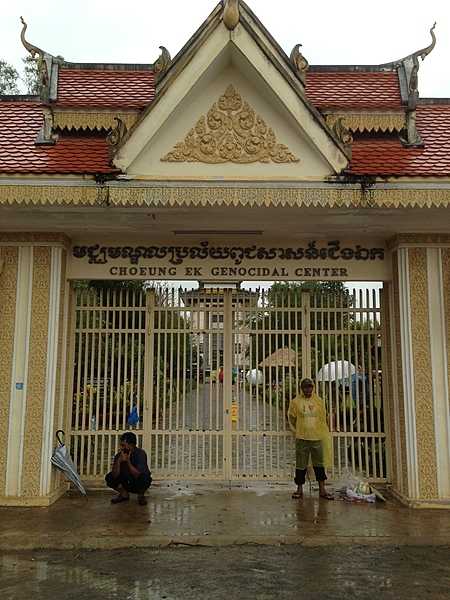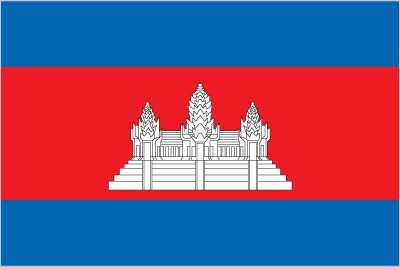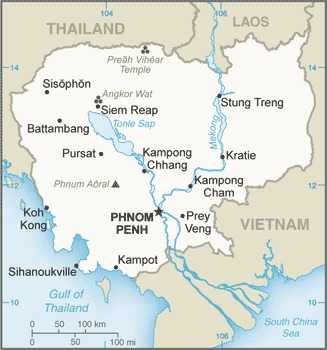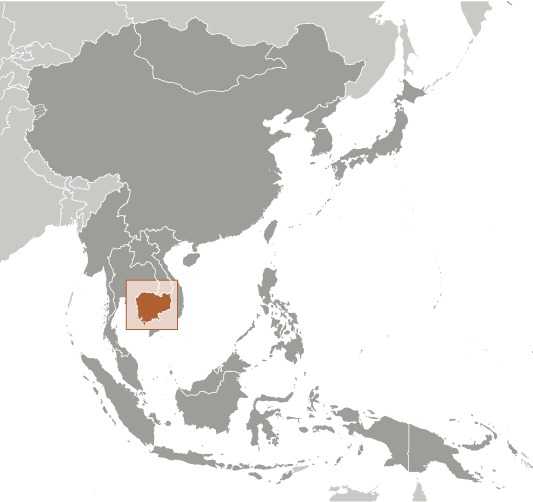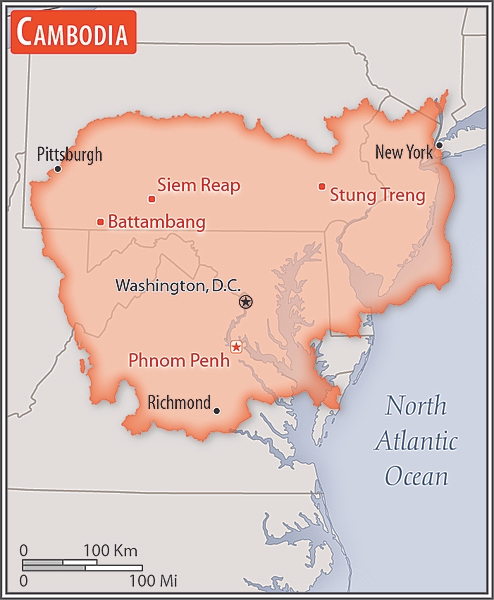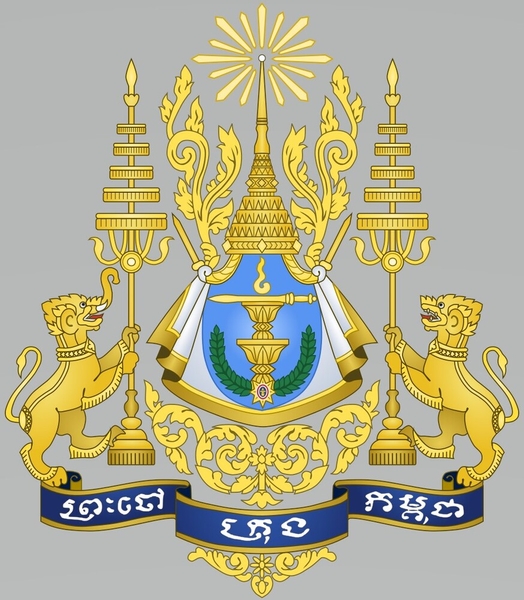Introduction
Visit the Definitions and Notes page to view a description of each topic.
Geography
People and Society
Population
comparison rankings: total 73; male 73; female 73
Languages
Median age
comparison ranking: total 154
Population growth rate
comparison ranking: 93
Birth rate
comparison ranking: 77
Death rate
comparison ranking: 173
Net migration rate
comparison ranking: 173
Maternal mortality ratio
comparison ranking: 55
Infant mortality rate
comparison ranking: total 54
Life expectancy at birth
comparison ranking: total population 169
Total fertility rate
comparison ranking: 88
Obesity - adult prevalence rate
comparison ranking: 188
Alcohol consumption per capita
comparison ranking: total 87
Tobacco use
comparison ranking: total 104
Children under the age of 5 years underweight
comparison ranking: 27
Education expenditure
comparison ranking: Education expenditure (% GDP) 151
Environment
Carbon dioxide emissions
comparison ranking: total emissions 91
Government
Economy
Real GDP (purchasing power parity)
comparison ranking: 90
Real GDP growth rate
comparison ranking: 25
Real GDP per capita
comparison ranking: 159
Inflation rate (consumer prices)
comparison ranking: 52
GDP - composition, by sector of origin
comparison rankings: agriculture 49; industry 17; services 201
Industrial production growth rate
comparison ranking: 14
Labor force
comparison ranking: 57
Unemployment rate
comparison ranking: 2
Youth unemployment rate (ages 15-24)
comparison ranking: total 187
Public debt
comparison ranking: 102
Taxes and other revenues
comparison ranking: 113
Current account balance
comparison ranking: 69
Reserves of foreign exchange and gold
comparison ranking: 60
Debt - external
comparison ranking: 56
Energy
Electricity
comparison rankings: installed generating capacity 104; consumption 81; imports 45; transmission/distribution losses 122
Energy consumption per capita
comparison ranking: 138
Communications
Telephones - fixed lines
comparison ranking: total subscriptions 162
Telephones - mobile cellular
comparison ranking: total subscriptions 66
Broadband - fixed subscriptions
comparison ranking: total 96
Transportation
Merchant marine
comparison ranking: total 69
